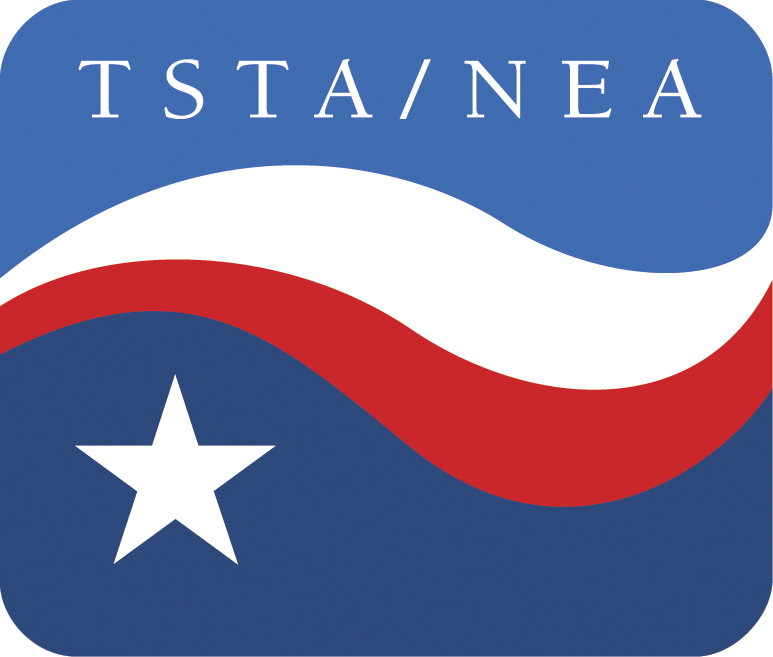School year ending as it began: Student and educator safety not the highest priority for state officials
As the 2020-21 school year draws to a close, what has been obvious since last August remains unchanged: the safety of students and educators has not been a high enough priority for state officials.
Sure, the state allowed school districts to offer students the option of learning remotely at home to avoid exposure to the coronavirus, and most school districts did. But the state never required districts to offer the remote learning option, and many districts began eliminating that option months ago, forcing students to return to campuses during the pandemic or transfer to other districts in the middle of the school year.
The only option that the state did require districts to provide was in-person instruction. Although temporary waivers were allowed for a few districts in COVID-19 hotspots, the penalty for closing campuses, even on the advice of local health authorities, was loss of state funding, something under-funded school districts could ill afford.
The Texas Education Agency published health and safety guidelines on its website, and Gov. Greg Abbott issued a statewide mask order, but the state didn’t enforce any of them. Some school districts ignored them, and others made only half-hearted efforts at enforcement.
In a survey TSTA conducted last fall, several hundred of our members from more than 150 districts reported more than 6,000 violations of those safety guidelines, including the mask mandate, social distancing, availability of personal protective equipment and poor ventilation in school buildings.
Then Abbott repealed the mask order, and so did many school districts.
Although the state forced teachers and other school employees to return to campuses, the governor never gave them priority for a COVID vaccine, until after President Biden forced the state to put educators on the priority list – many weeks after the vaccines first became available and well into the spring semester.
The Texas Education Agency directed students who had been studying remotely at home all year for safety’s sake to return to campuses or testing centers to take STAAR tests, which are administered online. Predictably, some students were exposed to COVID at their testing sites.
Now, with only a few weeks remaining in the spring semester, some districts are scrambling to convince the same homebound students to return to campuses for the rest of the school year – and risk exposure again — because the districts need to increase their in-person attendance to avoid cuts in state funding.
There have been more than 135,000 confirmed COVID cases among students and more than 70,000 among staff in Texas schools, according to the most recent state report, which may be a few weeks out of date. The state doesn’t keep track of COVID-related deaths in schools, but the Houston Chronicle conducted its own study and reported in January nearly 40 deaths among Texas educators that had been linked to COVID. Some of the victims may not have contracted the virus at school.
You could say those are relatively low numbers, considering more than 3 million of Texas’ 5.5 million students have returned to campuses for in-person instruction. Or you could ask how many of those cases and deaths could have been prevented if state leaders had made a higher priority of student and educator safety.

